Throughout human history, birds have captivated our imagination with their ability to soar through the skies, their striking appearances, and their mysterious behaviors. This fascination led many ancient civilizations to elevate certain bird species to divine status, incorporating them into religious practices, mythology, and cultural identities. From the majestic eagle to the enigmatic owl, these feathered creatures became powerful symbols of gods, cosmic forces, and spiritual messengers. This article explores ten remarkable birds that transcended their biological existence to become objects of worship and reverence across different cultures and time periods, revealing how our ancestors found divinity in the avian world.
The Egyptian Ibis: Thoth’s Sacred Messenger
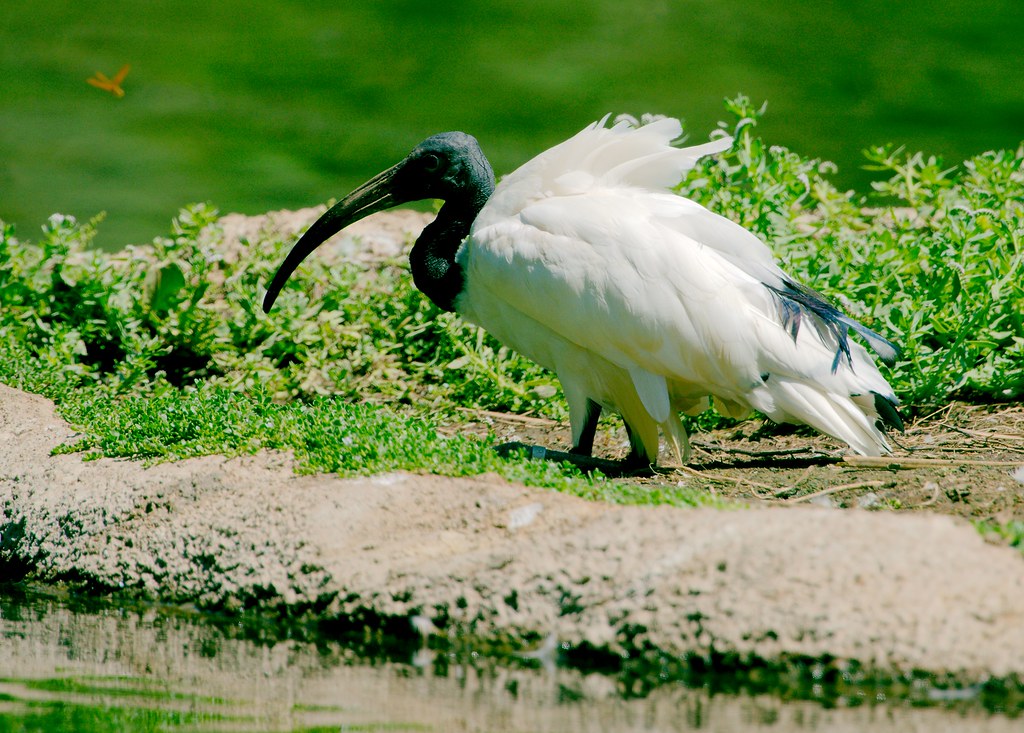
In ancient Egypt, few birds commanded as much religious significance as the ibis, particularly the Sacred Ibis (Threskiornis aethiopicus). This elegant white bird with its distinctive curved black bill was inextricably linked to Thoth, the god of wisdom, writing, and magic. The connection was so profound that Egyptians mummified millions of ibises as offerings to Thoth, with vast ibis necropolises discovered throughout Egypt. Archaeological findings at sites like Saqqara have revealed underground galleries containing thousands of carefully wrapped ibis mummies, demonstrating the extraordinary devotion to these birds. The ibis’s association with Thoth likely stemmed from its habit of probing the mud with its curved bill, which Egyptians interpreted as the act of writing—a divine skill attributed to Thoth himself.
The Aztec Hummingbird: Huitzilopochtli’s Divine Form
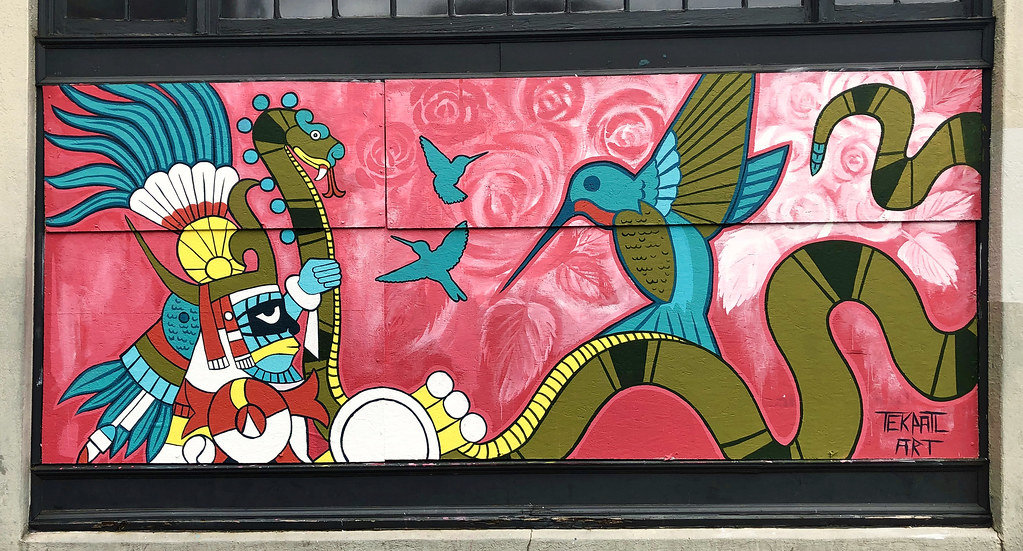
The hummingbird held profound significance in Aztec civilization as the embodiment of Huitzilopochtli, their primary deity of war and the sun. According to Aztec mythology, fallen warriors would transform into hummingbirds, allowing them to drink nectar from flowers in paradise—an honor reserved for those who died in battle or sacrifice. The bird’s iridescent feathers were highly prized and used to create elaborate ceremonial garments and ornaments for priests and nobility. The name “Huitzilopochtli” itself translates to “left-handed hummingbird” or “hummingbird from the south,” reflecting the central role this tiny but fierce bird played in Aztec cosmology. Aztec warriors sought to emulate the hummingbird’s courage and aggressiveness, as despite its small size, it fearlessly defends its territory against much larger birds.
The Norse Raven: Odin’s Eyes and Ears
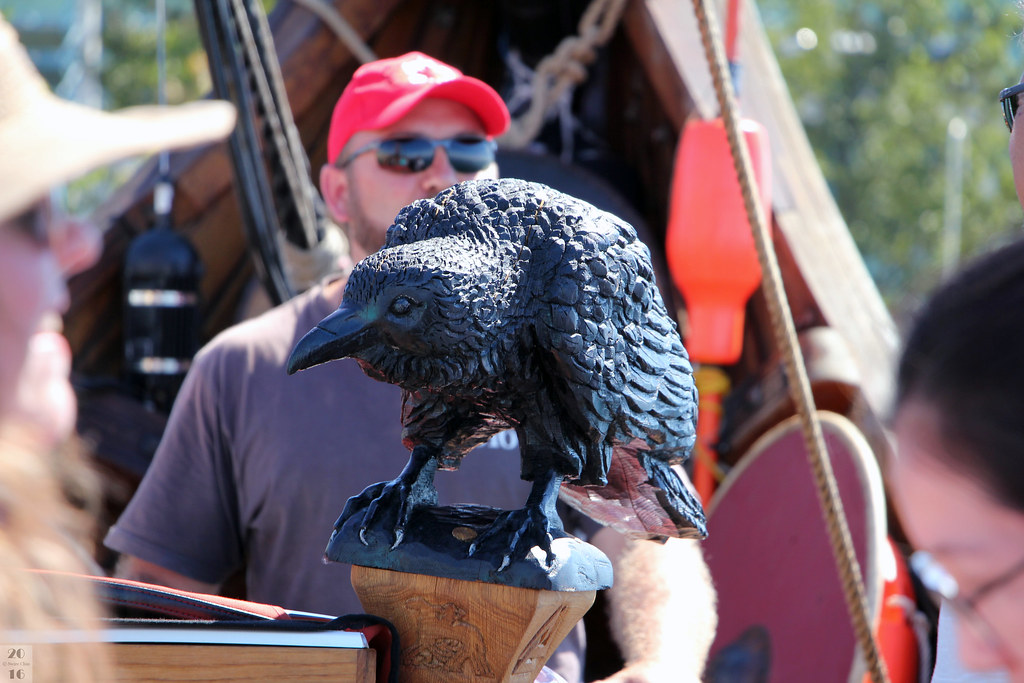
In Norse mythology, ravens were intimately connected to Odin, the All-Father and chief of the Aesir gods. Odin was accompanied by two ravens named Huginn (thought) and Muninn (memory), who flew across the Nine Worlds each day to gather information and whisper it into Odin’s ear, serving as his eyes and ears. These intelligent corvids were considered extensions of Odin’s consciousness, allowing him omniscient awareness of events throughout the cosmos. Viking warriors viewed ravens as positive omens on the battlefield, believing their appearance signaled Odin’s approval and promised victory. Archaeological evidence, including the famous raven banners carried by Viking forces and numerous raven-themed artifacts, demonstrates how deeply these birds were integrated into Norse spiritual practices. Even today, ravens maintain their mystical associations in modern Nordic cultures, considered harbingers of both wisdom and death.
The Hindu Garuda: Divine Mount of Vishnu
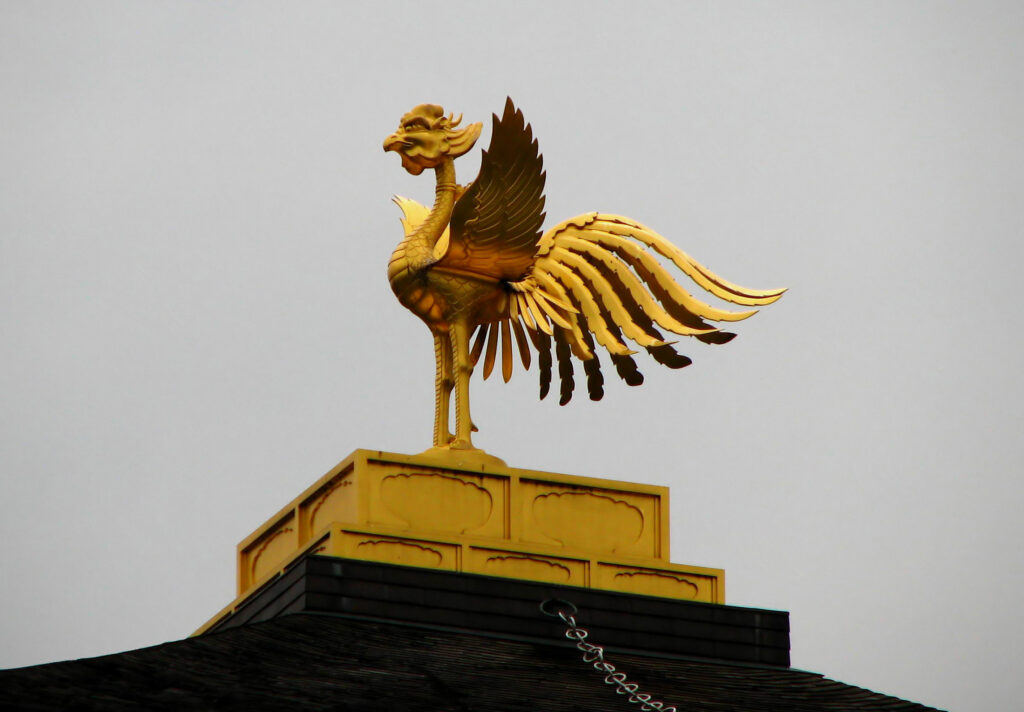
Garuda, the mythical eagle-like bird of Hindu tradition, occupies a special place as both a deity in his own right and the vahana (mount) of Lord Vishnu, one of the principal gods of Hinduism. Described as having a golden body, white face, red wings, and an eagle’s beak, Garuda is revered as the king of birds and a symbol of courage and vigilance. According to Hindu mythology, Garuda was born from a cosmic egg and performed extraordinary feats, including stealing the elixir of immortality (amrita) from the gods to free his mother from slavery. Temples dedicated to Garuda can be found throughout India, Indonesia, and Southeast Asia, where he is worshipped as a protector against snake bites and a remover of obstacles. In Indonesian traditions, particularly in Bali and Java, Garuda became the national symbol, representing freedom, power, and the virtues of loyalty and self-sacrifice.
The Mayan Quetzal: The Divine Resplendent Bird
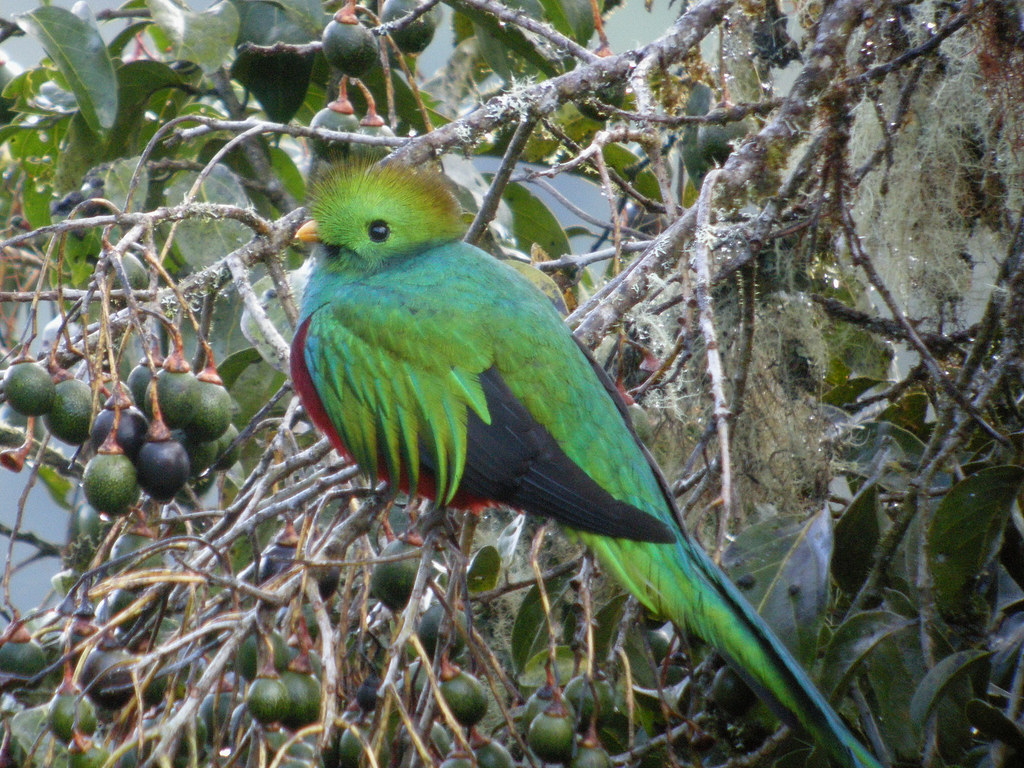
The resplendent quetzal, with its brilliant emerald plumage and extraordinarily long tail feathers, was perhaps the most sacred bird in Mesoamerican cultures, particularly among the Maya. The Mayans believed the quetzal was the spirit companion of Kukulkan, their feathered serpent deity, and considered killing these birds a capital offense. The magnificent tail feathers of male quetzals, which can grow up to three feet long, were more valuable than gold and reserved exclusively for royal and priestly headdresses. According to Mayan legend, when Spanish conquistadors killed the last Mayan king, a quetzal landed on his chest, dipped its feathers in his blood, and flew away—thus explaining the bird’s crimson breast and establishing it as a symbol of freedom. Today, the quetzal remains Guatemala’s national bird, appearing on the country’s flag and currency, a lasting testament to its enduring spiritual significance in Central American culture.
The Greco-Roman Owl: Athena’s Wise Companion
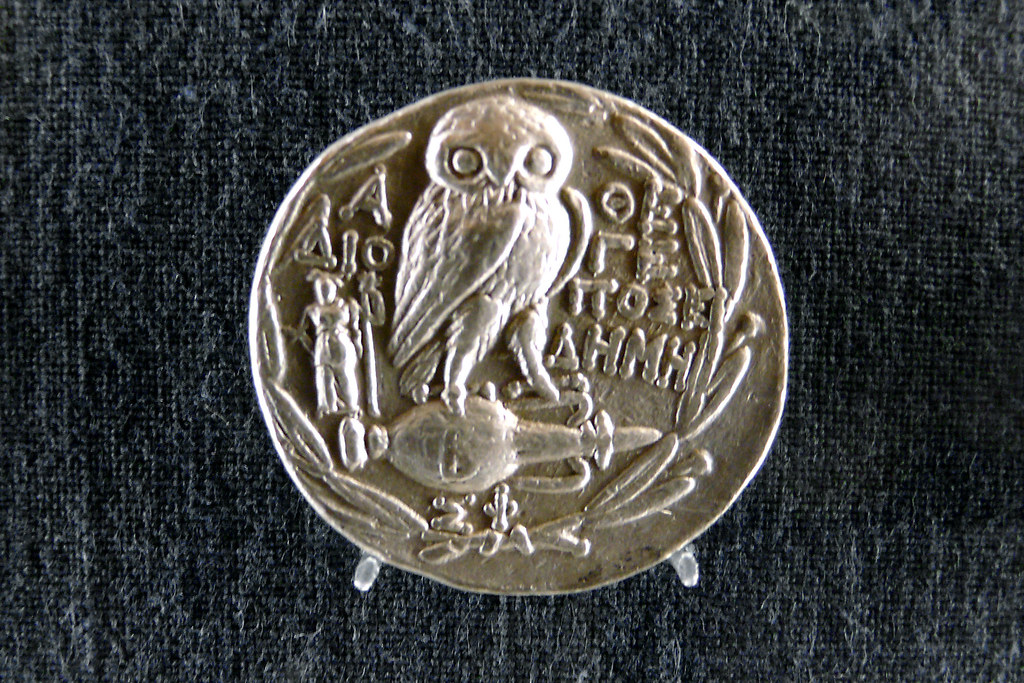
In ancient Greek civilization, the owl—particularly the Little Owl (Athene noctua)—was inextricably linked with Athena, the goddess of wisdom, strategic warfare, and crafts. This connection was so strong that Athens, the city named after the goddess, adopted the owl as its official emblem, featuring it prominently on coins, pottery, and public buildings. The owl’s remarkable ability to see in darkness came to symbolize Athena’s penetrating insight and capacity to perceive hidden truths. Archaeological evidence from the Acropolis has revealed numerous owl figurines left as offerings to Athena, demonstrating the widespread veneration of these birds. The Romans later absorbed this tradition, associating the owl with Minerva (their version of Athena), though they also developed more complex views of owls as potential harbingers of death and disaster. The phrase “bringing owls to Athens” became proverbial for doing something unnecessarily, as Athens was already filled with both literal and symbolic owls.
The Chinese Phoenix: The Fenghuang Bird
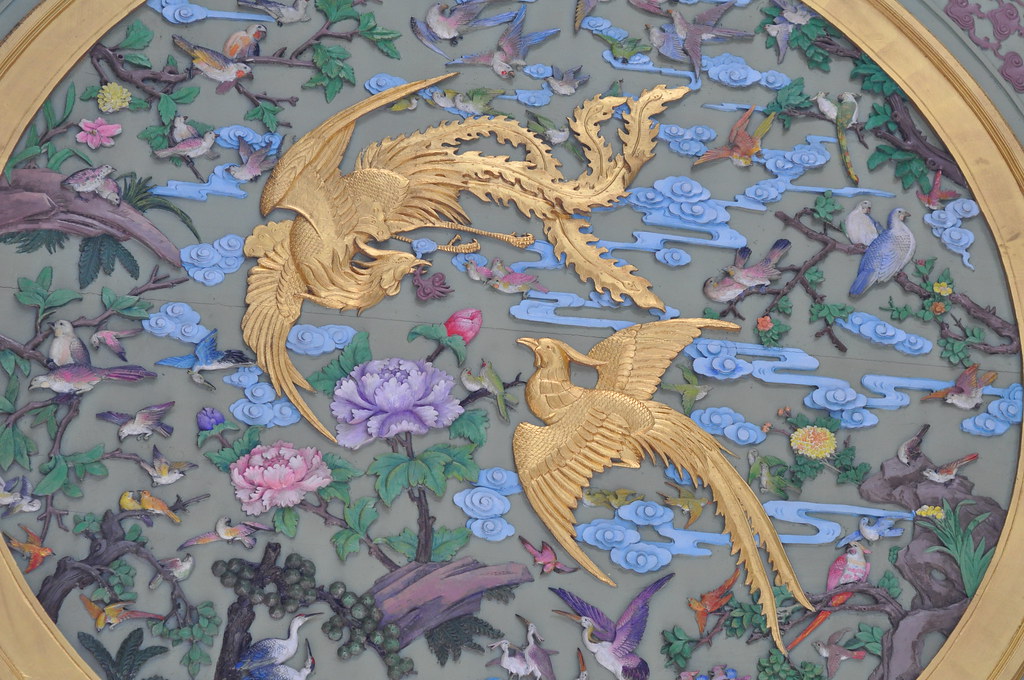
The Fenghuang, often referred to as the Chinese phoenix, has been worshipped in Chinese culture for over 7,000 years as a sacred bird embodying the celestial virtues and harmony between yin and yang. Unlike the Western phoenix, which regenerates from its own ashes, the Fenghuang was believed to appear only during times of peace and prosperity, making it a powerful symbol of good governance and auspicious circumstances. Originally, the Feng (male) and Huang (female) were separate birds, but they eventually merged into a single feminine entity that became associated with the Chinese empress, while the dragon represented the emperor. According to ancient texts, the Fenghuang possesses the beak of a rooster, face of a swallow, forehead of a fowl, neck of a snake, breast of a goose, back of a tortoise, hindquarters of a stag, and tail of a fish—symbolizing the harmony of all creatures. During imperial times, Fenghuang motifs adorned temples, palaces, and ceremonial clothing, reflecting its status as one of the “Four Supernatural Creatures” alongside the dragon, qilin, and tortoise.
The Native American Thunderbird: Sky Spirit of Power
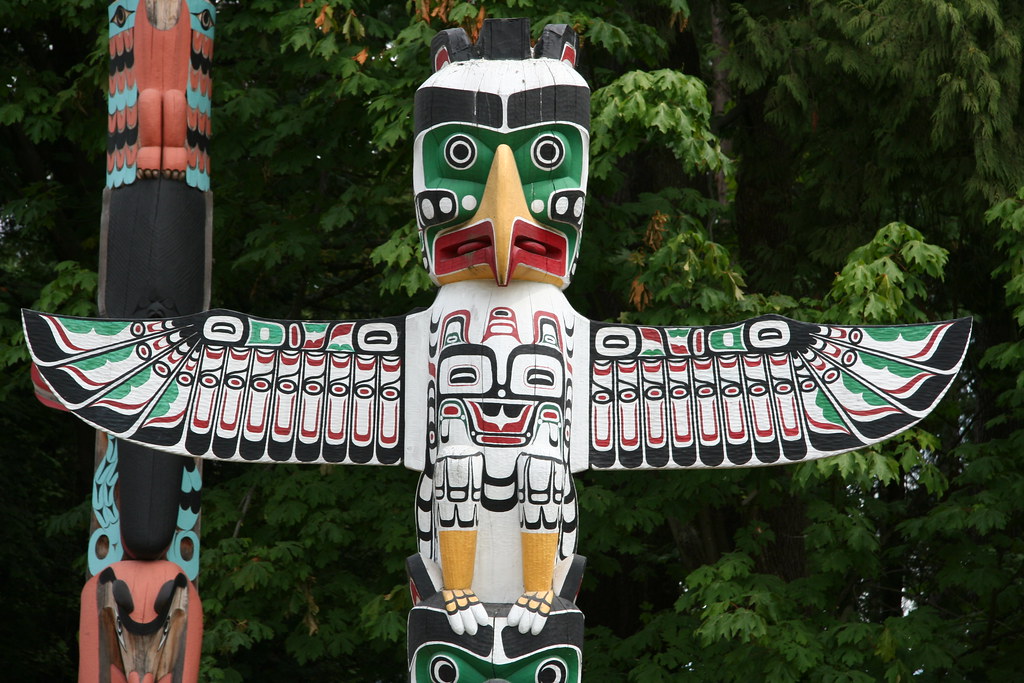
Across numerous Native American tribes, the Thunderbird stands as one of the most powerful and widespread spiritual entities, believed to control thunder, lightning, and life-giving rain. This enormous, supernatural bird was thought to create thunder by flapping its massive wings and lightning by blinking its eyes or, in some traditions, by carrying lightning snakes under its wings. Different tribes depicted the Thunderbird with varying attributes—the Sioux described it with a 25-foot wingspan and claws large enough to carry a whale, while Pacific Northwest tribes like the Haida and Tlingit portrayed it with distinctive curved beaks in their intricate totem poles and ceremonial masks. For agricultural communities, the Thunderbird represented the essential connection between the sky world and earth, bringing fertilizing rain that ensured successful harvests. Many tribes performed elaborate Thunderbird dances to invoke rain during droughts or to express gratitude for the bird’s protection and provision.
The Persian Simurgh: The Ancient Tree-Nesting Divinity
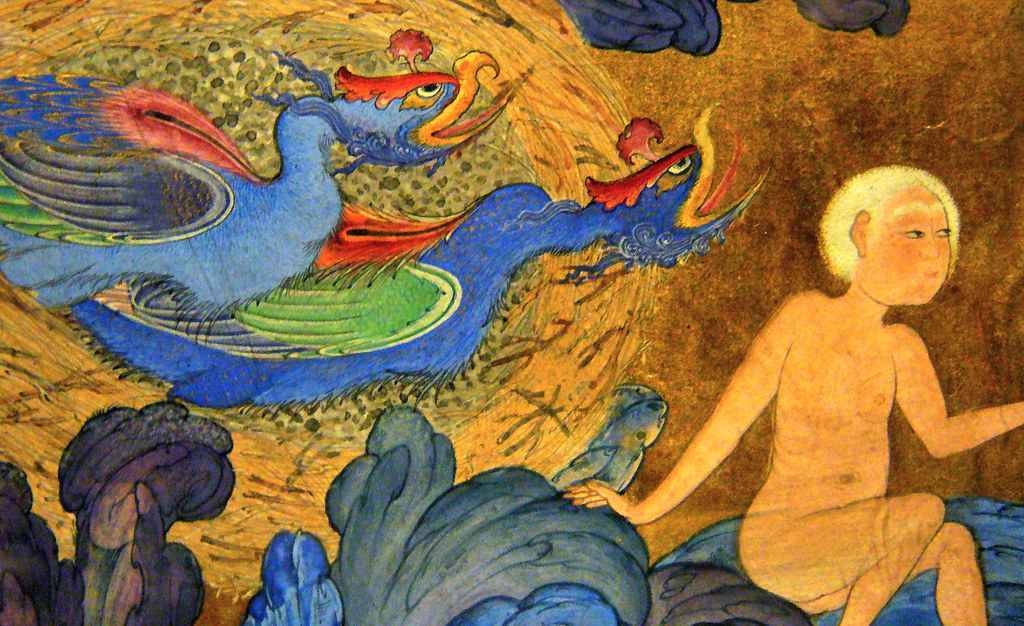
The Simurgh, a majestic mythical bird in Persian mythology, represents one of the oldest continuous bird-worship traditions, dating back to at least the first millennium BCE. Described as having the head of a dog, the claws of a lion, and the tail of a peacock, the Simurgh was said to be so ancient that it had witnessed the destruction and rebirth of the world three times. According to the Persian epic Shahnameh, this immense bird nested in the Tree of Knowledge, which contained the seeds of all plants, and was considered the purveyor of fertility, healer of all suffering, and mediator between earth and sky. The Simurgh features prominently in Sufi mysticism as a symbol of divine unity and transcendent wisdom, particularly in Farid ud-Din Attar’s famous poem “The Conference of the Birds,” where it represents the ultimate spiritual truth. Archaeological evidence from ancient Persia shows Simurgh imagery on palace walls, royal garments, and ceremonial vessels, demonstrating its importance in both royal and religious contexts.
The Japanese Yatagarasu: The Three-Legged Solar Crow

In Shinto mythology, the Yatagarasu is a three-legged crow that represents the divine intervention of Heaven in earthly affairs. According to ancient texts like the Kojiki, this supernatural bird was sent by the sun goddess Amaterasu to guide Emperor Jimmu, Japan’s legendary first emperor, during his eastern expedition to establish the Japanese nation. The Yatagarasu’s three legs are said to represent heaven, earth, and humanity, symbolizing the interconnection between these realms. As a creature associated with the sun, the Yatagarasu was believed to have the power to dispel darkness and evil, making it a powerful protective symbol. Today, the three-legged crow remains a prominent emblem in modern Japanese culture, appearing as the official symbol of the Japan Football Association and in numerous shrines dedicated to Amaterasu throughout the country. In some interpretations, scholars suggest the Yatagarasu mythology may have astronomical origins, potentially representing the three stars of Corvus constellation that ancient Japanese used for navigation.
The Celtic Swan: Divine Transformation and Rebirth
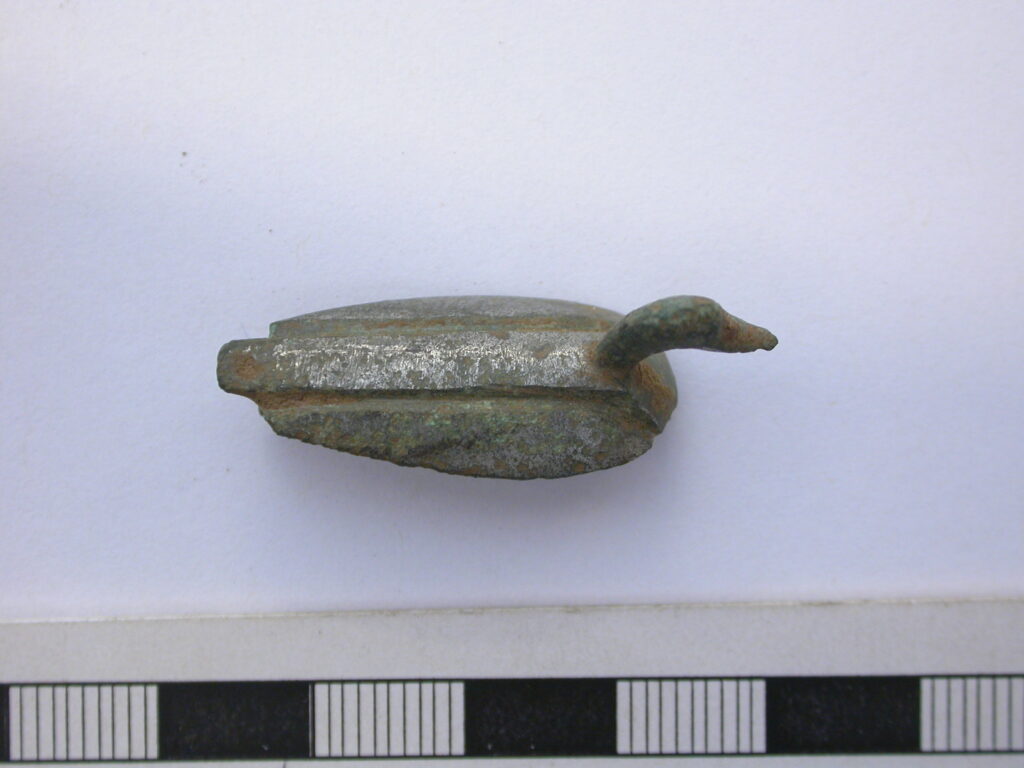
Swans held profound spiritual significance in Celtic mythology, where they were associated with transformation, purity, and the Otherworld. Celtic deities like Brigid and Angus Og could transform into swans, while numerous folk tales feature humans being magically transformed into these graceful birds. Perhaps the most famous example is the Children of Lir, who were turned into swans by their jealous stepmother and forced to spend 900 years in avian form. Archaeological evidence, including swan imagery on ancient Celtic artifacts and burial goods, suggests these birds were considered sacred messengers between the mortal world and the divine realm. The Celts believed swans traveled between worlds along the “solar paths” of sunset and sunrise, carrying prayers and souls to the Otherworld. This spiritual association was so powerful that killing a swan was taboo in Celtic society, and many Celtic warriors wore swan feathers into battle, believing they provided protection and connection to the divine powers.
The Enduring Legacy of Avian Worship
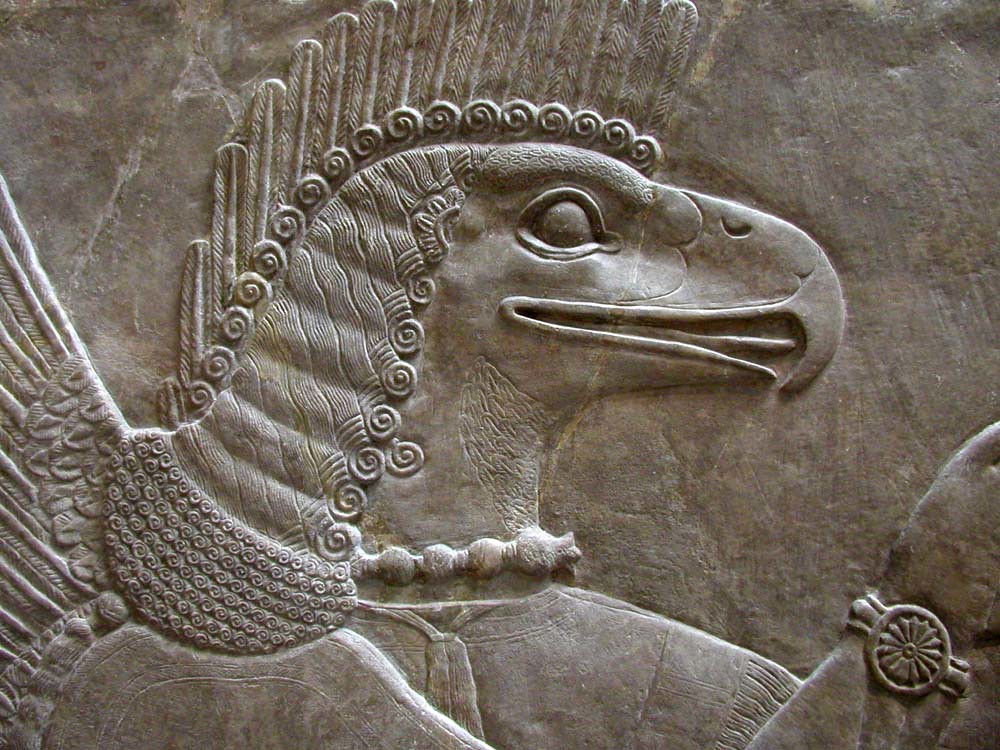
The worship of birds across diverse civilizations reveals a fascinating pattern in human spiritual development, demonstrating how our ancestors found divine meaning in the natural world around them. These avian deities and messengers continue to influence modern culture, from national symbols and sports team mascots to artistic motifs and literature. Bird worship also offers insight into early human understanding of ecological relationships, as many sacred birds were recognized for their roles in maintaining environmental balance or predicting seasonal changes. Though formalized bird worship has largely disappeared from contemporary religious practice, many cultures maintain spiritual connections to birds through folklore, superstitions, and cultural symbolism. The persistence of these avian symbols across millennia testifies to the profound impact these feathered beings have had on human imagination and spiritual consciousness, reminding us of our enduring fascination with creatures that move freely between earth and sky.
